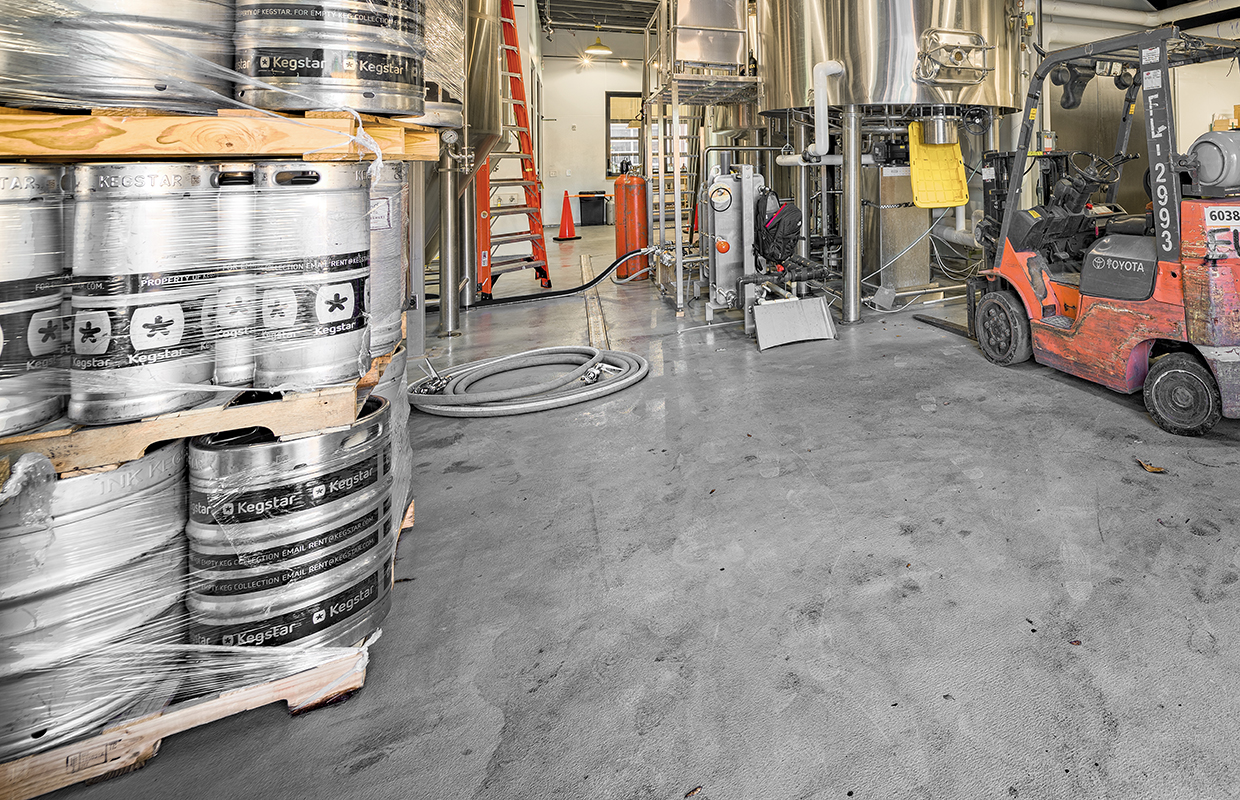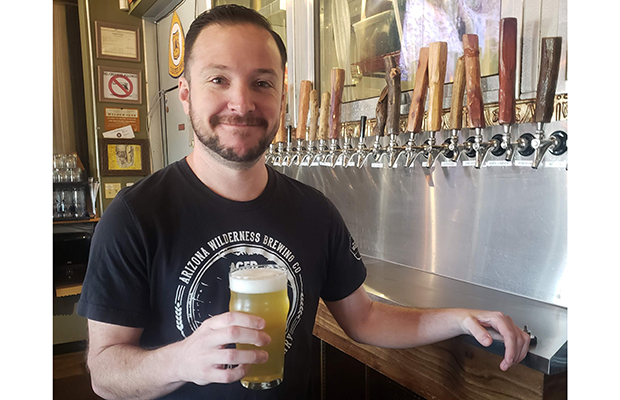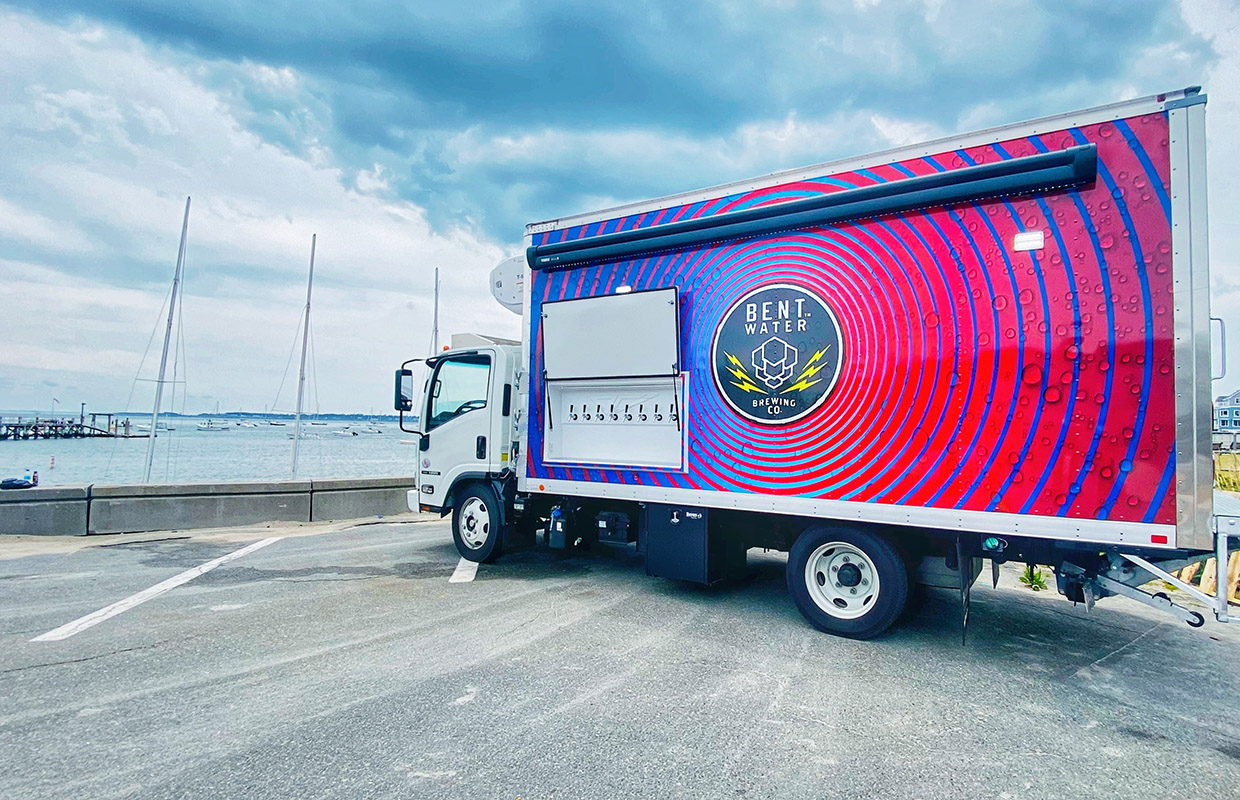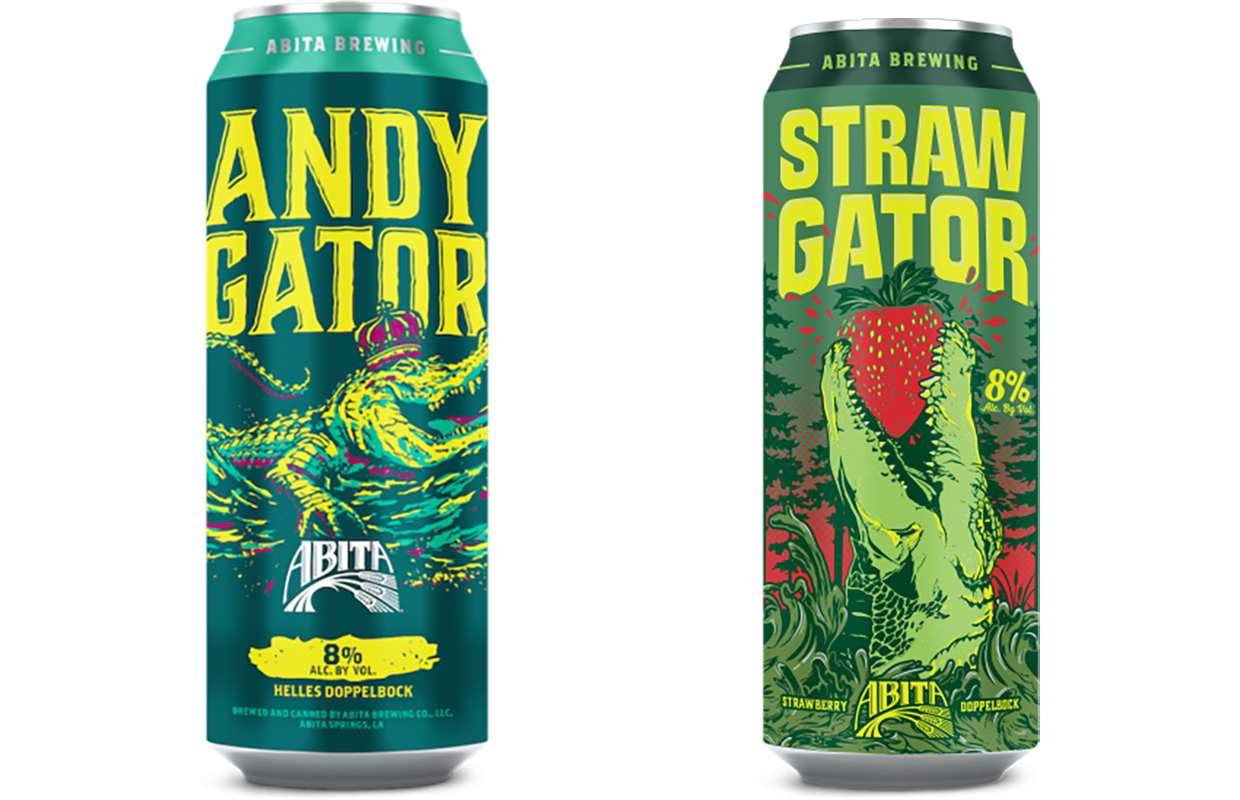
Although the ideas in creating a growth model for a brewery aren’t that novel, Crooked Hammock’s Head of Brewing Operations, Larry Horwitz, says the Delaware-based company is trying to be better at a couple of things.
“It’s clear right now that the health and growth in the small brewer space are going to be around over-the-bar retail,” he said during an interview for the January/February issue of Brewer Magazine about self-distribution and wholesale management tips. “We keep the margin, we control the vision, and the sales strategies and tactics. It’s easier to manage from a compliance standpoint. And of course, we can change things as often as we want because it’s 100% within our control. The only people we have to inform and keep up to date other than the regulatory agencies are our staff members who sell products.”
So that leads to the next question, which is, why would a brand like Crooked Hammock specifically want to be in the wholesale trade?
“The first answer is, we could sell more beer,” Horwitz said. “Now, that’s not always profitable, especially packaged product for a very small brewery, which can be insanely expensive. You don’t get the economies of scale, very often you don’t own your own packaging equipment. I think the mobile services are really a godsend. And they’re doing great work, but there’s a cost associated with that. It’s pretty high.
“A brewery of our size, so we’ll do just over 4,000 barrels of total production across three units this year. And we can take advantage of some economies of scale just by moving more beer.”
The other is that selling wholesale means a visual marketing opportunity.
“But the real question is, how much value does that have? Right now, we think it’s got a pretty high value,” Horwitz said. “You get three brewers and three marketers in a room and you’ll get 14 opinions about the value of placements of wholesale products in the trade. I think we all know it’s better than zero. Right?”
Crooked Hammock starts with informational meetings where Horwitz said it’s important to communicate.
“No matter what your relationship is with your distributor, if you aren’t communicating cleanly and often with a brand manager and/or rep, then then your brand is just not going to get traction,” he said.
Planning ahead and not shooting from the hip is key. The days of a new product every month are over, Horwitz thinks, because of the logistics at the distributor.
“So let’s say you’re out there and you make the best gosh-darn new lactic fruited sour deliciousness you’ve ever seen in your entire adult life,” Horwitz explained. “You’ve got at least 10 barrels of it, and you want to send it to the distributor. You pick up the phone and say, we’re ready to rip with this new product. And they’re like, ‘Yeah, we’re not taking it.’
“If you run-and-gun with your distributor, you’re gonna put them on their heel and it’s not going to be successful. … They’ve got to register a new SKU — usually three if you’re sending package and draft — then they’ve got to communicate through that in their entire network.”
One thing Crooked Hammock has looked to do is really try to align their values — at least at wholesale — with its distributors, and say, if they are focusing on a smaller handful of brands as the way to move volume, they are interested in that.”
That’s not to say to not have new products available but to have those key brands ready should a distributor not have the time to pitch a new product all the time.
“We’re still negotiating in everywhere where we sell beer and say, we’re still going to have to have new products,” Horwitz said. “Our customers tell us and they demand it, our B2B buyers are interested in it. And it’s more interesting for a sales rep to be able to talk about the new product, sometimes.
“I think we’ve all known about the challenges around line extensions. One of the things that nobody seems terribly upset about is the slight softening of the ‘rotation nation’ challenge in wholesale distribution. One of the things that makes a small, independent craft brand interesting and desirable is that they often have unique, innovative, and novel products coming out of breweries like ours. These tend to be margin beers, even for the distributor. We sell them at a premium for short periods. Sometimes they turn into newer, long period-of-time products. And it’s really difficult to reach through to even a mid-sized distributor, cut through the noise, and get focus and attention on those brands.”






Be the first to comment